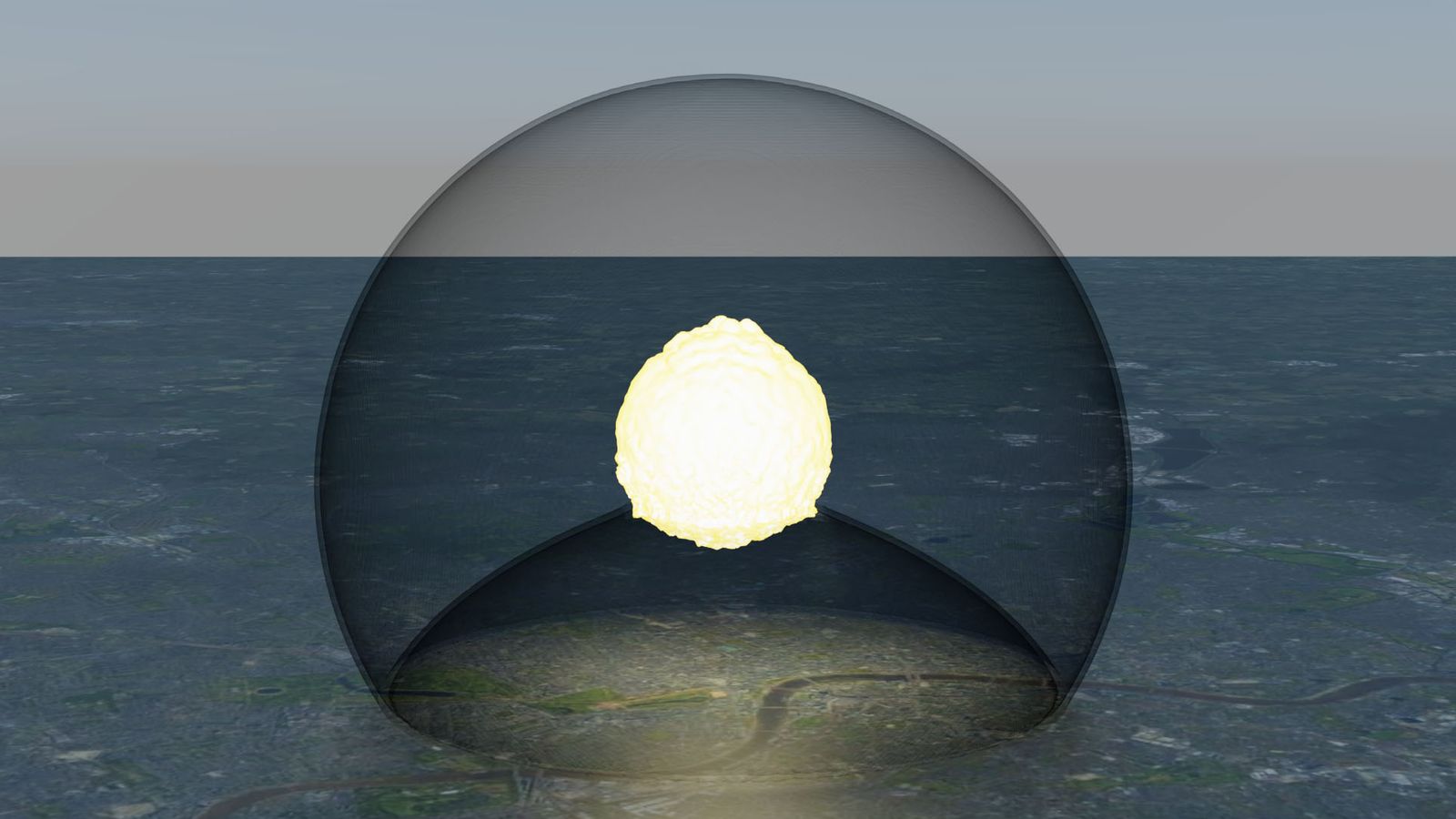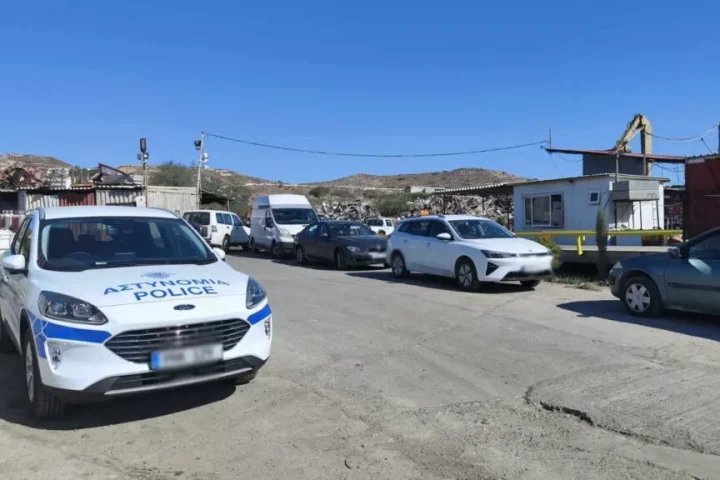University of Nicosia scientists have simulated what would happen if a nuclear bomb was dropped on a major city and what would happen to those hiding indoors.
Whether you’re close enough to be vaporised in an instant or within range of possible radiation poisoning, there’s no good place to be if a bomb goes off where you live.
A peer-reviewed study published in Physics of Fluids by the American Institute of Physics focuses on the specific impact on people who manage to shelter indoors.
Using advanced computer modelling, researchers investigated how a nuclear blast from an intercontinental ballistic missile would sweep through buildings.
According to their results, while some would be destroyed, even being in a sturdy structure which might ultimately survive the bomb itself is not enough to avoid the risk of serious injury.
The already significant blast waves can be exacerbated by tight spaces, as the air generated reflects off walls, bends around corners and bounces through the building at speeds strong enough to lift people into the air.
In the worst cases, it can produce a force equivalent to 18 times a human’s body weight.
Research author UNIC Professor Dimitris Drikakis said: “Before our study, the danger to people inside a concrete-reinforced building that withstands the blast wave was unclear.”
“Our study shows that high airspeeds remain a considerable hazard and can still result in severe injuries or even fatalities.”
Blast wave
There would only be a few seconds between the explosion and the arrival of the blast wave.
The researchers highlighted three places of considerable danger when sheltering indoors: windows, corridors and doors.
Professor Ioannis Kokkinakis said these were the “most dangerous, critical indoor locations to avoid”.
“People should stay away from these locations and immediately take shelter.
“Even in the front room facing the explosion, one can be safe from the high airspeeds if positioned at the corners of the wall facing the blast.”
The study’s authors hope that understanding the impact of a nuclear explosion can help prevent injuries and guide rescue efforts.
The research paper by Kokkinakis and Drikakis has attracted worldwide attention by offering insight into how we can survive a nuclear explosion.
Within days of publishing, the paper had resulted in several thousand downloads and generated international media interest.
The team used advanced computer modelling to study how a nuclear blast wave speeds through a vertical structure.
Their simulated structure featured rooms, windows, doorways, and corridors and allowed them to calculate the speed of the air following the blast wave and determine the best and worst places to be.
The study concludes that the blast wave is enough in the moderate damage zone to topple some buildings and injure people caught outdoors.
However, sturdier buildings, such as concrete structures, can remain standing.
According to their results, simply being in a sturdy building is not enough to avoid risk.
The authors stress that the time between the explosion and the arrival of the blast wave is only a few seconds, so quickly getting to a safe place is critical.
“Additionally, there will be increased radiation levels, unsafe buildings, damaged power and gas lines, and fires,” said Drikakis.
“People should be concerned about all the above and seek immediate emergency assistance.”
While the authors hope that their advice will never need to be followed, they believe that understanding the effects of a nuclear explosion can help prevent injuries and guide rescue efforts.
The simulation videos can be found here and here.










